Our former Senior Editor and Social Media Manager Sandhya Magesh (M.Sc.), is engaging in new challenges in her professional career. We wish her all the best in her future endeavors.
Continue readingFarewell Sandhya! (M.Sc. Sandhya Magesh)



Our former Senior Editor and Social Media Manager Sandhya Magesh (M.Sc.), is engaging in new challenges in her professional career. We wish her all the best in her future endeavors.
Continue reading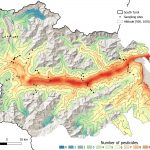
In this blog post Carsten Brühl is explaining the background of this first landscape level terrestrial pesticide exposure study.
Continue reading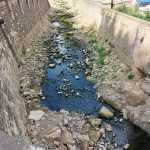
In this blogpost, Loris Di Scipio shares his internship experience at Administration de la gestion de l’eau (AGE) in Luxembourg. Students of the Environmental Pollution Management (Ecotoxicology) Program complete an 8-week internship each year, the so-called “AMEO”. The AMEO is performed either at an external university, governmental or industrial research institute where students learn to apply the competences achieved during their study. Students also use this opportunity to not only travel and explore Germany, but also other countries!
Continue reading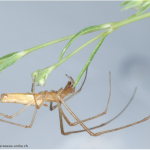
In this blogpost, Eric and his research group explore the key role of spiders in riparian ecosystems. Analyzing a substantial stable isotope dataset, this study uncovers nuanced patterns of aquatic insect consumption by spiders, considering hunting modes, habitat specializations and seasonal variations.
Continue reading
In this blogpost, Anastasia Manjavidze shares her internship experience at NIVA, Oslo (Norway). Students of the Environmental Pollution Management (Ecotoxicology) Program complete an 8-week internship each year, the so-called “AMEO”. The AMEO is performed either at an external university, governmental or industrial research institute where students learn to apply the competences achieved during their study. Students also use this opportunity to travel and explore not only Germany, but also other countries!
Continue reading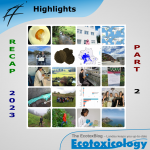
In this second and final installment of the ‘Highlights of 2023’ series, we give our readers a glance of another 3 most visited posts in this year.
Continue reading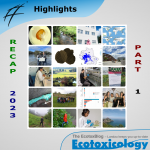
In the first part of the ‘Highlights of 2023’ series, we give our readers a glance of 3 most visited posts about scientific publications in this year.
Continue reading
As the year draws to a close, we want to take a moment to express our heartfelt gratitude to each of you. Your unwavering engagement have made EcotoxBlog a vibrant community!
Continue reading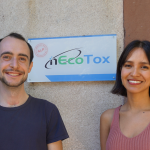
In this blogpost, Veronica Rodriguez and Lorenz Witt share their internship experience at nEcoTox, Germany. Students of the Environmental Pollution Management (Ecotoxicology) Program complete an 8-week internship each year, the so-called “AMEO”. The AMEO is performed either at an external university, governmental or industrial research institute where students learn to apply the competences achieved during their study. Students also use this opportunity to travel and explore Germany.
Continue reading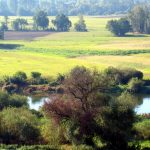
In this blogpost, Larissa Herrmann talks about her latest research on pesticide reoccurrence in European surface waters, revealing that over 76% of compounds reoccur in aquatic ecosystems, with 40% previously unknown for long-term pollution. Her study, conservative in scope, highlights the need to reassess environmental risks, emphasizing the importance of understanding the long-term occurrence of pesticide impacts on water ecosystems.
Continue reading